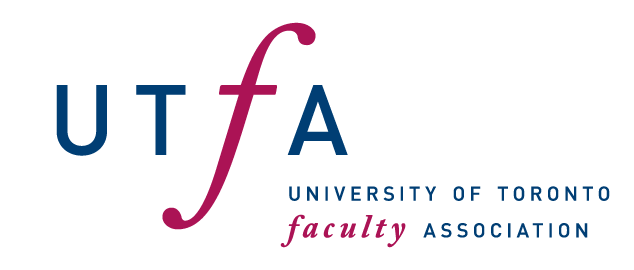James M. Lang, The Chronicle of Higher Education
Student evaluations of my spring English composition course arrived the other day, and I read them with the usual stew of satisfaction, frustration, and puzzlement. The numbers looked good, and I heard plenty of praise. But, as always seems to happen, the same teaching technique inspired completely contradictory reactions.
For example, while I don’t show too many PowerPoints in English composition, every time I introduce a new writing strategy I’ll throw up a few slides with definitions and examples. One student praised the slides as the most helpful tool for her learning — another called them useless and recommended I eliminate them from the course.
Contradictory statements about my methods I can handle; I’ve seen them all before. But this round of reviews also included a comment from a student who said I didn’t "connect well" with the class. This was a community-engaged learning course in which we took a field trip together to a homeless shelter, spent lots of time in group activities in class, and shared personal perspectives on our understanding of poverty. I also followed my own advice and made a point to arrive in the classroom a few minutes early and engage in informal conversations with students.
